Reach us: New York 18794, United States. 4568
Call us :
Reach us: New York 18794, United States. 4568
Think Ocean was pleased to showcase a collection during London Fashion Week September 2024 that highlighted our commitment to people and the planet.
Our collection was a collaborative effort, using a variety of materials, including recycled plastics, natural fibers, and biodegradable composites. Our aim to showcase creativity with waste, promote environmental awareness, and encourage the development of circular economy and sustainable practices and to gain support for projects globally, using fashion as a bridge.
We also highlighted pieces that empower women in contemporary society, and showcased a few pieces from our collection made from retrieved marine plastic, discarded fabrics and garments, off-cuts and throw-aways.
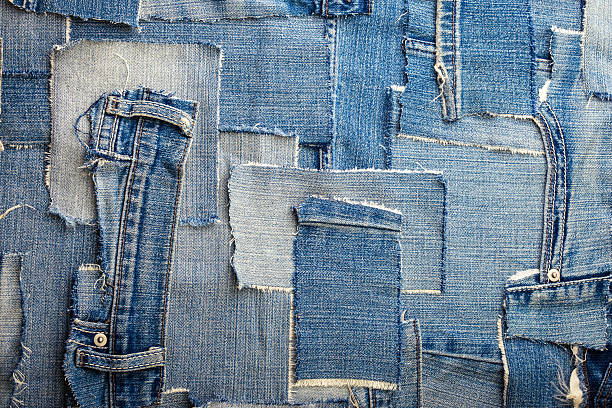

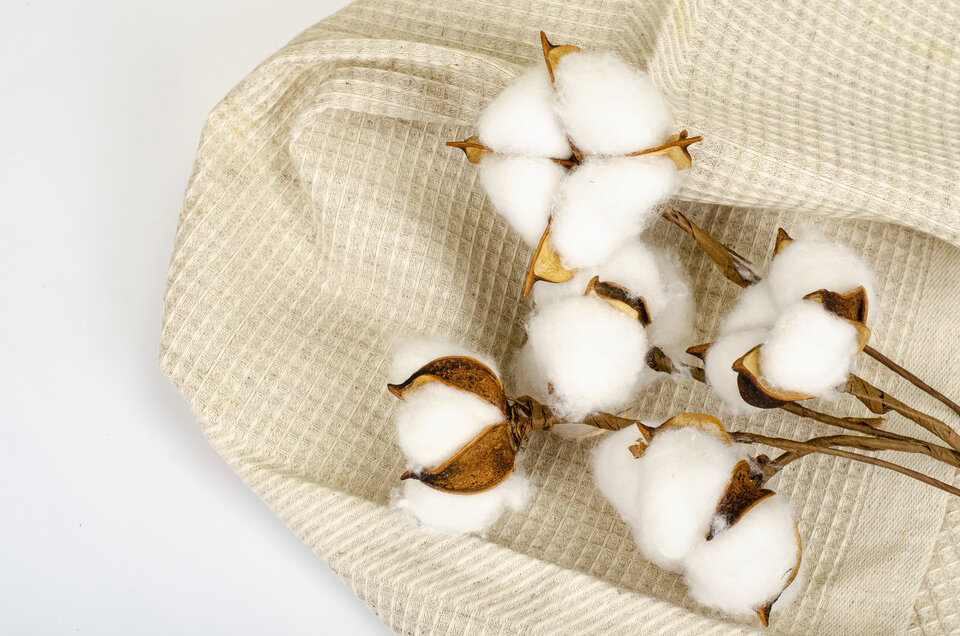
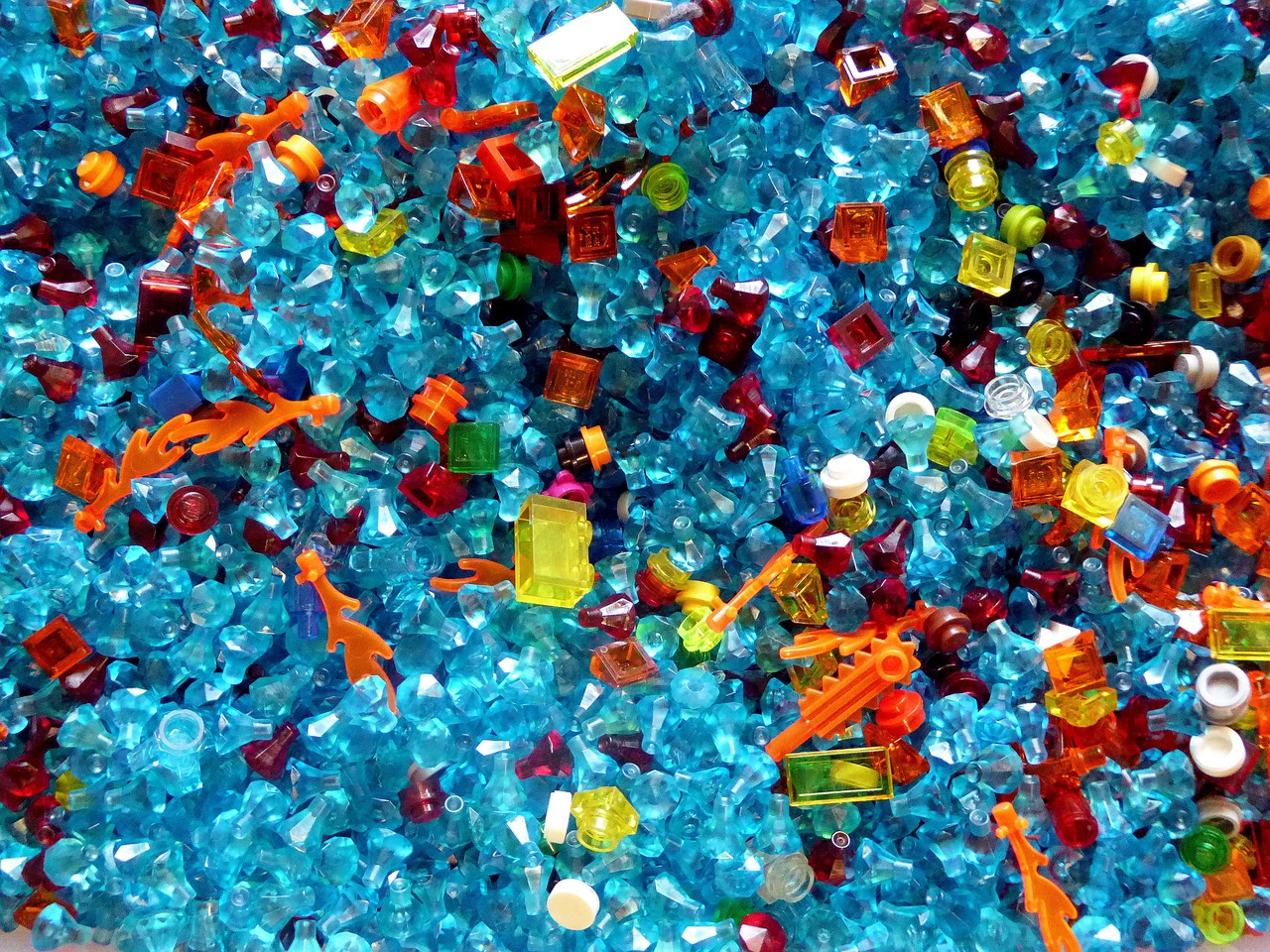
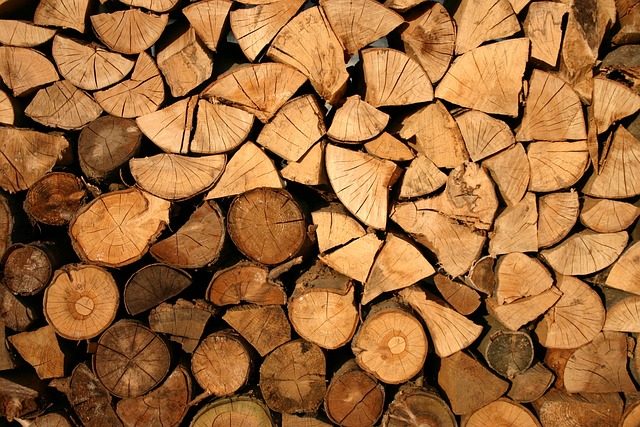
The upcycled and recycled materials used in our collection exemplify a commitment to sustainability and responsible production practices. It is our hope that we can encourage the public as well as brands to think about waste differently!
Sustainable fashion is a term for items of clothing made taking the human and environmental impacts of production into account to support a more just supply chain. It can also include items that are sold second hand to extend their life. And items sold second hand to raise money for causes that promote sustainability.
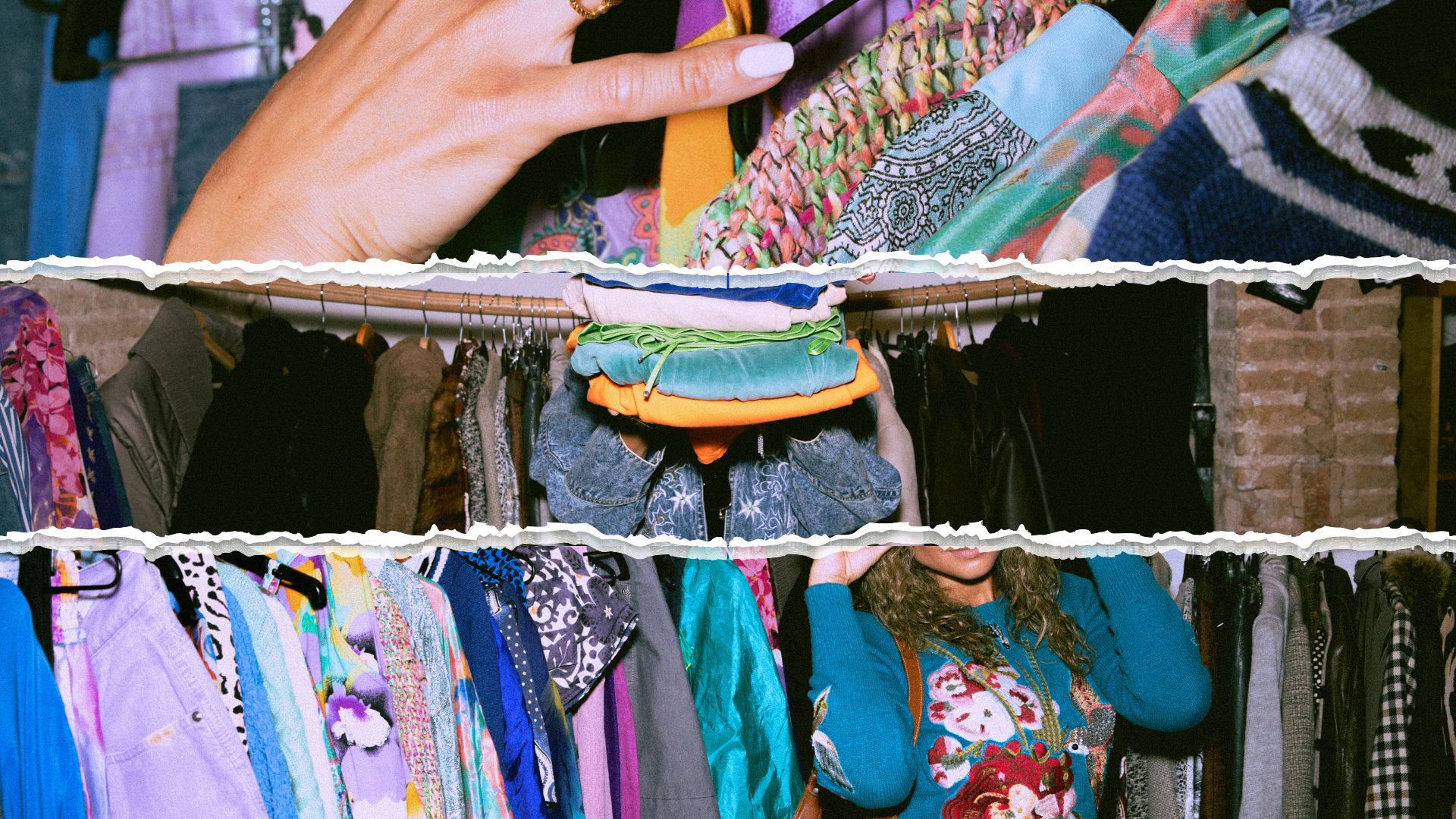
Overproduction is a big problem within the clothing industry. Clothes produced cheaply and at mass scale leave a negative footprint on the environment. Whether through creation, transportation, or disposal. And according to The UN Alliance for Sustainable Fashion, the average consumer now buys 60% more clothing than they did 15 years ago.
We need to change the way we approach shopping, as with new fashion trends comes increasing demand for clothing that is quite literally unsustainable.
Landfills lie host to a mountain of perfectly wearable clothing. With so few clothes recycled into new textiles it’s time to take a different approach to how we dispose of our pre-loved items. We should all be considering a life less throwaway when it comes to our own wardrobes. By recirculating our clothes – buying and wearing pre-loved can reduce the demand for new clothes which in turn helps to reduce damage to our planet. NB! When synthetic textiles are landfilled or incinerated, they can leach harmful microfibres into the environment.
As well as being a feel-good way to shop for outfits that are new to you, choosing second hand clothing instead of new every time can be a positive step toward sustainability. By recirculating our clothes – buying and wearing pre-loved can reduce the demand for new clothes which in turn helps to reduce damage to our planet because as this parliament publication finds – when synthetic textiles are landfilled or incinerated, they can leach harmful microfibres into the environment.
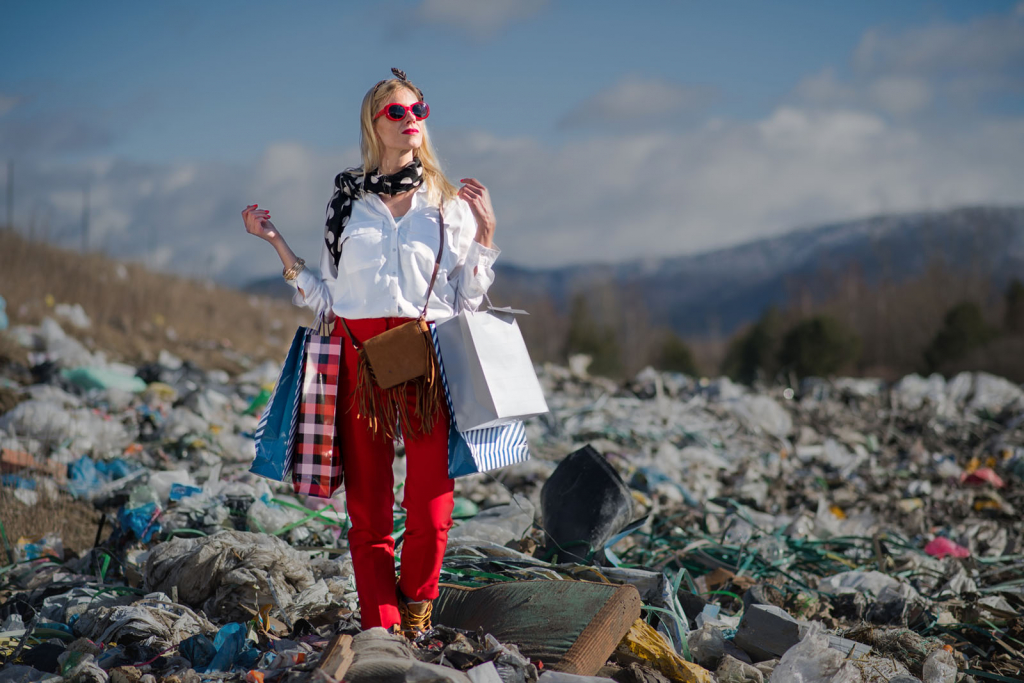
Fashion Revolution’s Impact Report (2019) proves that most fast fashion brands can keep prices low by employing garment workers in developing countries from the poorest communities who are paid below the living wage.
The demand for fast fashion right here, right now means the likelihood of exploitation somewhere else. The fewer items we buy on impulse, the less demand we place on a world where fast fashion can thrive, and workers can be exploited.
Buying fewer clothes won’t threaten job security for workers if we demand better from retailers. Let’s work toward changing our shopping habits to be willing to pay a little more for clothes that are produced in lower volume and made of higher quality sustainable materials that would stand the test of time – items we could truly treasure for more than a five-minute thrill!